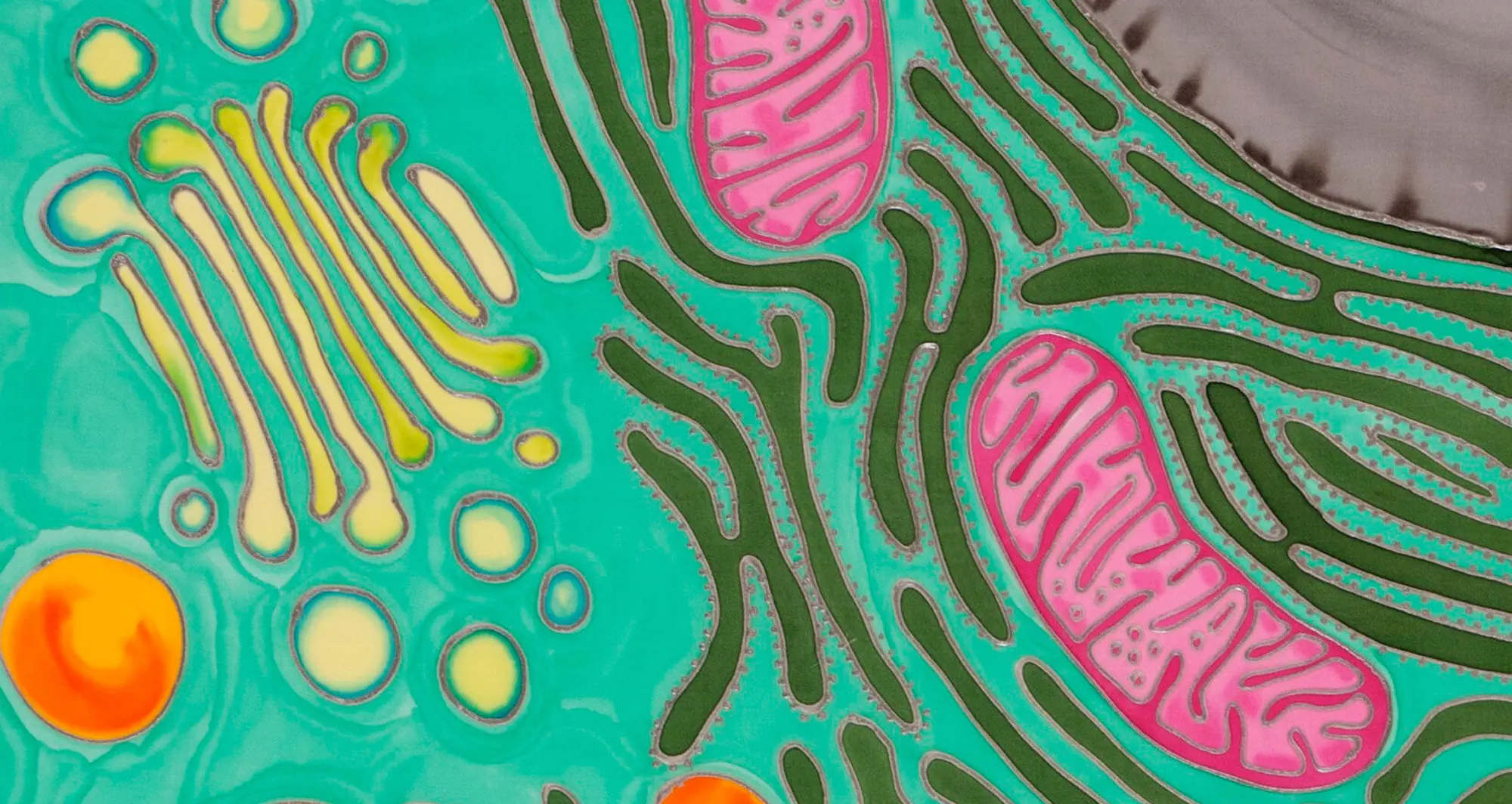Golgi apparatus
The Golgi apparatus or complex, named after its discoverer Camillo Golgi, functions as a factory and distribution warehouse in which proteins received from the endoplasmic reticulum, part of a cells transportation system, are further processed and sorted for shipment to their eventual destinations.
The organelle looks like a set of stacked membranes. Here, incoming proteins might be paired with carbohydrates (a sort of sugar frosting) to create so-called glycoproteins, which serve many functions in the body, from providing structure (such as collagens) to acting as antibodies to hormonal activities.
The process of creating glycoproteins is called glycosylation. It’s an extraordinarily complex process involving more than 500 genes and when some are defective, a group of metabolic diseases called Congenital Disorders of Glycosylation (CDG) result. Roughly 200 types of CDG have been identified.
At Sanford Burnham Prebys, Hudson Freeze, PhD, specializes in CDGs as director of the Sanford Children’s Health Research Center. This large group of rare genetic disorders cause a wide array of health issues, mostly emerging in childhood, and often foretell an early death.
There are no known cures for CDGs, but clinical trials for novel therapies have been launched, providing real hope for better management of symptoms, improved quality of life and, ultimately, cures.
About the art: Odra Noel is a medical doctor and PhD in basic science, with additional degrees in aesthetics and music. Her silk paintings focus primarily on human biology, often informed by microscopy. Wellcome Collection.
